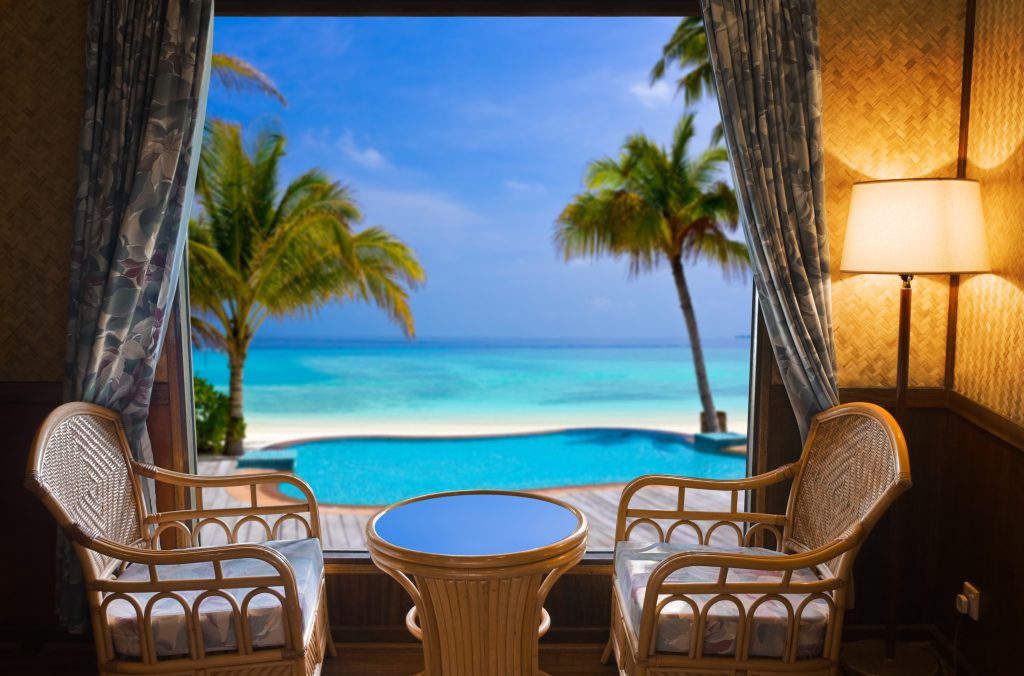Choosing the best curtain linings for bay windows is crucial for achieving the perfect balance of style, privacy, and functionality in your home. Bay windows, as an architectural feature, add charm and character to any room, but they also present unique challenges in terms of window treatment. Selecting the right linings can enhance the overall design while ensuring adequate light control and insulation.
When it comes to the right linings for curtains, consider materials that provide the needed functionality without compromising on design. Blackout linings, for instance, can be perfect for bedrooms where light blockage is essential. Polyester linings can offer durability and ease of maintenance while enhancing the overall aesthetic of your bay window setup.
To get the best results, it’s important to measure each section of your bay window accurately and choose a style that complements the room. Bay windows often require custom solutions, so investing the time to select appropriate fabrics and styles can make a big difference.
Key Takeaways
- Choose the right linings for functionality and design.
- Accurate measurement ensures the perfect fit.
- Custom solutions improve bay window aesthetics.
Understanding Bay Window Mechanics
Bay windows require specific techniques to optimize curtain functionality and aesthetics. This involves measuring correctly, choosing appropriate curtain rods, and knowing the different treatment options available.
Measuring for Optimal Fit
Measuring bay windows involves assessing the width of each window segment and the angles between them. Start by measuring the width of each individual window panel from edge to edge.
Next, measure the angle of the bay to ensure curtain movement isn’t hindered. Use a protractor to get the right angles. Depth is also essential; measure it to determine how much space curtain hardware will occupy. Having accurate measurements ensures your bay window curtains fit perfectly and function smoothly.
Selecting the Right Curtain Rods
Selecting curtain rods for bay windows is crucial to support the curtains and enhance their appearance. Typically, flexible or adjustable curtain rods work best for bay windows. These rods can bend or adjust to fit the unique shape of the bay.
Bay window curtain rods often come with corner connectors to maintain a continuous curtain line. Sturdy hardware is essential to support the weight of the curtains, especially if they are heavy or layered.
Exploring Bay Window Treatment Types
There are various bay window treatment options available, each suited to different preferences and needs. Curtains, blinds, and shades are popular choices. Curtains offer a classic look and can be paired with blinds for added light control.
Blinds and shades maximize natural light while providing privacy. Roman shades, in particular, fit well within the window frames, adding a sleek appearance. Layering treatments, such as combining curtains with blinds, allows for versatility in light management and style.
Choosing Fabric and Style
Selecting the right curtain linings for bay windows involves considering fabric types, length, style, and energy efficiency. These elements combine to create functional, stylish window treatments that enhance the room’s aesthetic and practical benefits.
Evaluating Fabric Choices
Choosing the right fabric is crucial for both appearance and function. Luxurious fabrics like silk and sateen add elegance and can elevate a room’s aesthetic. For a more relaxed feel, consider cotton or linen. These fabrics are versatile and complement various styles and color schemes.
Blackout curtains are ideal for bedrooms or media rooms, blocking light to create a darker environment. Conversely, sheer curtains offer a soft, airy look, allowing natural light to filter through, which is perfect for living rooms or dining areas.
Determining Appropriate Length and Lining
Curtain length impacts the overall look. Floor-length curtains create a dramatic effect and are suitable for formal rooms. For a cozy, informal vibe, cafe curtains that cover just the lower portion of the window are ideal. Full-length panels work well for a unified look in large spaces.
When it comes to linings, options include thermal linings for energy efficiency and light linings for a lighter, more casual look. Lined curtains provide better insulation, making them a good choice for reducing energy costs. Blackout linings block light and provide privacy, adding functionality to the curtain’s style.
Incorporating Style and Functionality
The style of the curtains should align with the room’s decor. Patterns and textures play a significant role in this. Bold patterns make a statement, while subtle textures add depth without overwhelming the space. Coordinates with existing decor by selecting colors that complement the room’s color scheme.
Functionality is also key. Curtains should be easy to open and close for practicality. Consider curtains with features like tiebacks or hooks, which add convenience and enhance the style.
Considering Energy Efficiency and Light Control
Curtains can impact energy efficiency and light control in a room. Thermal or insulated curtains help retain heat in the winter and cool air in the summer, contributing to lower energy bills.
For light control, blackout curtains are effective in blocking unwanted light, making them suitable for bedrooms. Sheer curtains allow light to diffuse gently into the room, creating a bright and inviting atmosphere. Combining sheer curtains with heavier drapes offers flexibility in light control and privacy. Otherwise, consider lined curtains that blend energy efficiency with light control if you’re looking for a balanced solution.
Conclusion
Selecting the best curtain linings for bay windows involves balancing functionality and aesthetics. Key factors include the material’s ability to control light and temperature, and how well it complements the room’s decor. With the right lining, bay windows can enhance a room’s ambiance while providing practical benefits like energy efficiency and privacy.


